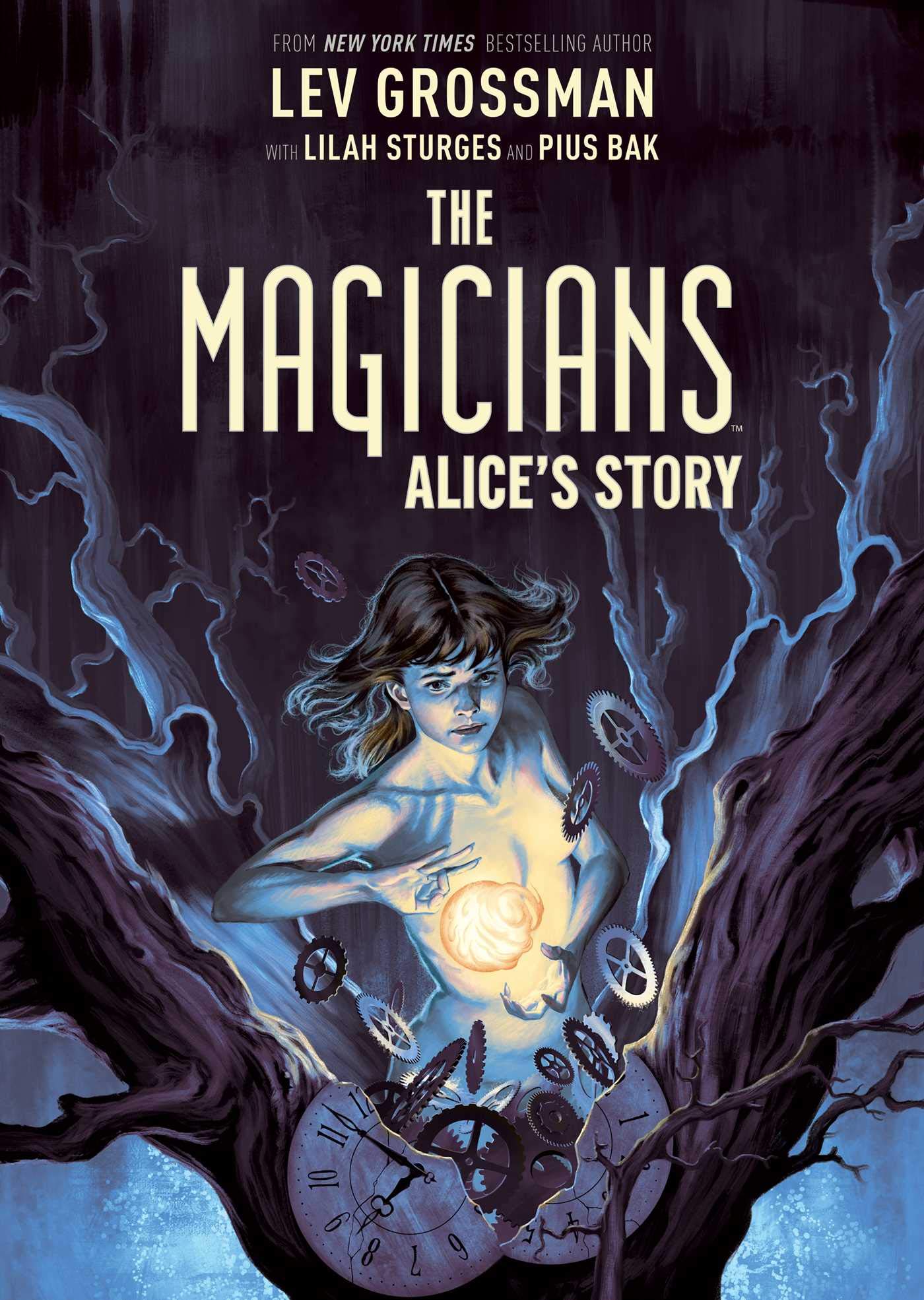[button color=”black” size=”big” link=”http://affiliates.abebooks.com/c/99844/77798/2029?u=http%3A%2F%2Fwww.abebooks.com%2Fservlet%2FSearchResults%3Fisbn%3D9780152047320″ target=”blank” ]Purchase here[/button]
This is the second of five enjoyable Borrowers books by the author of Bedknob and Broomstick. After the ambiguous ending of The Borrowers, you might have wondered how Norton would reintroduce the story of the Clock family, 6-inch-tall-or-so Pod and his wife Homily and their daughter Arrietty. In the first book, their long-ago happenings (set around 1909 or 10) were narrated to a little girl called Kate by a seventy-ish aunt, Mrs. May, based on Mrs. May’s recollection of a story her (now deceased) younger brother used to tell her about the little people who lived under the kitchen floor of their elderly aunt’s house in Bedfordshire. And, of course, the story ended rather uncertainly, with the unconfirmed hope that the Borrowers escaped being gassed by the ratcatcher and got away to find a new home–unconfirmed, as neither Mrs. May nor her brother ever saw them again, and Mrs. May has reason to doubt they even existed.
Well, in this the second book, Mrs. May inherits a cottage on the estate of her old aunt’s house. While making arrangements to take it over from its current occupant (an elderly, former gamekeeper named Tom Goodenough), she lets young Kate sit in the cottage weaving thatch with Goodenough and listening to him weaving stories about the Borrowers, which he supposedly heard direct from Arrietty after her family moved into his cottage.
Old Tom tells about the hardships the Clocks endured after being driven from the big old house, living out of doors, taking refuge in a (slightly improved) cast-off boot, gathering food and water, worrying about the upcoming winter, and making the acquaintance of a wild young Borrower named Spiller who lived in the hedgerows, spoke as little as possible, and had the uncanny ability to blend in with his surroundings and, well, just disappear right in front of you. Arrietty loved the outdoors, but her mother Homily was very insecure about it, and Pod was on the lookout for better digs. But then disaster struck in the form of a gross old gypsy named Mild Eye who found his lost boot and three little people living inside it…
In the end, of course, they were living snugly in Tom Goodenough’s cottage, where Tom (a boy, at that time, living with his gamekeeper grandfather) learned the whole story from Arrietty, who had a weakness for talking to human beings. And they have company: a family of cousins with whom the Clocks got along not very well at all.
By the way, I’ve noticed that the movie and the jackets of all the books always refer to human beings as “human beans.” This is just plain silly. The only time a borrower used that term was early in the first book, and that person was immediately corrected by the more literate and knowledgeable Arrietty. It was a one-time gag, not an ongoing feature of the story.
The Borrowers Afield is an even bigger and more well-rounded adventure than the first Borrowers book. And one virtue of Ms. Norton’s writing is that she avoids redundancy and never narrates anything unnecessary. An example is that, unlike the first novel whose Mrs. May/Kate narrative “frames” the central story about the Borrowers, in The Borrowers Afield the Kate/Tom Goodenough story-line (where he’s telling her about the borrowers) doesn’t come back at the end. It’s hinted at, though, because the book ends with Arrietty coming out of their hole to talk to young Tom, and you already know that she told him everything.


